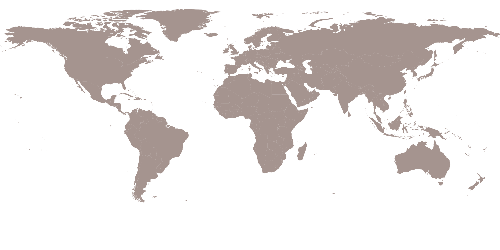Sustainable building design through passive measures
Shade and natural ventilation are key strategies for the building’s passive conditioning. A large roof with extended eaves provides ample shade while ensuring cross-ventilation beneath, even on rainy days. The fragmented, elevated structure allows continuous airflow at its base and within its spaces. Solar exposure is carefully managed: openings vary by orientation, using bamboo sunshades or planters as needed. Spatial distribution follows solar criteria—classrooms and high-occupancy areas are on the north-facing side, while transition and short-stay spaces are on the south-facing side, optimizing comfort.
Efficient construction and operations
Modular and Resilient Construction System: The industrialization of construction processes enhances the building’s strength and flexibility. Given its high replicability with various adaptations, we implemented a pre-cast concrete system with modular components for the superstructure and a prefabricated modular wooden system for the roofing. Concrete ensures durability and low maintenance, while wood provides lightness and compatibility with large spans. Building Infrastructure and Space Occupation: To address flooding, essential equipment—meters, electrical panels, and digital systems—along with offices, labs, and archives, are relocated to upper levels.
Landscape & Biodiversity Integration
The landscape design integrates new educational dynamics, emphasizing environmental education and native flora. This approach encourages local fauna to inhabit the newly established microclimate. Beyond serving as an open-air learning space, the garden features a microforest, a seedling nursery, a community vegetable garden, and a small wetland for wastewater phytosanitary treatment. Given the project's replicability and territorial reach, the goal is to multiply these localized actions, creating a statewide network in Rio Grande do Sul. This initiative fosters territorial transformation, raises community awareness, and contributes to developing a sponge city.
Land use & Transformation
Elevation from the Ground: Designed for resilience against frequent floods, the building is elevated on stilts as a key passive strategy. Rather than containing water, the design allows natural flow with minimal impact, avoiding costly maintenance systems like gates, valves, and pumps. Verticalization: Reducing the building’s footprint minimizes land occupation, enhancing soil permeability to mitigate flooding, increase vegetation cover, and improve the microclimate—contributing to a sponge city. It also enables concentrated foundations, optimising construction on low-bearing capacity soils common in flood-prone areas.


















